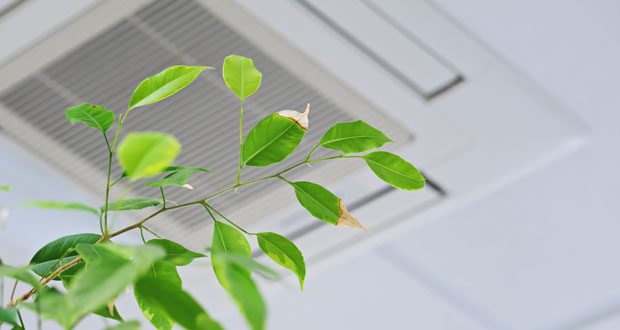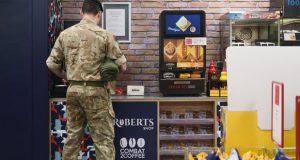The Building Engineering Services Association (BESA) has completed its trilogy of free guides designed to help building owners and managers protect occupants from health risks linked to airborne contaminants and viruses.
‘Buildings as Safe Havens – a practical guide’ is the third in its suite of guidance for measuring, monitoring, and improving indoor air quality (IAQ) and the second produced with the support of Mitsubishi Electric. It offers practical steps that facilities managers and building owners can take to measure IAQ and targeted questions they can put to ventilation experts to establish the right strategy for their building.
The foreword is provided by one of the UK’s most respected experts on infection resilience in buildings Professor Cath Noakes OBE. She states that poor ventilation is the most overlooked building safety issue and can be directly linked to high levels of Covid-19 transmission.
“Covid-19 has been shown to be transmitted through the air. Even if only 10 per cent of all Covid-19 related deaths in the UK could be directly attributed to the failure to adequately ventilate indoor spaces, that would be more than 15,000 since the start of the pandemic – a shocking statistic that should make everyone sit up and take notice,” she writes in her foreword.
Professor of Environmental Engineering for Buildings at the University of Leeds and a member of the government’s Scientific Advisory Group for Emergencies (SAGE), Noakes added: “The pandemic has demonstrated that far too many of our buildings are under-ventilated, despite regulatory requirements that have been in place for several years. This guide will be an invaluable tool in raising awareness of the importance of good IAQ and making our buildings more infection resilient.”
Renowned air quality and child health campaigner Rosamund Adoo Kissi-Debrah addressed the launch event in London giving an impassioned plea for the industry to redouble its efforts to improve ventilation of indoor spaces.
Her daughter Ella was the first person in the world to have air pollution listed on her death certificate and Adoo Kissi-Debrah, who is Honorary President of the BESA Health & Well-being in Buildings (HWB) group, has been campaigning hard for the government to impose stricter air quality levels based on World Health Organisation recommendations.
The new guide directly addresses this crisis by providing a step-by-step strategy for monitoring and maintaining good IAQ in offices, schools, and public buildings and provides advice and strategies for dealing with ventilation problems.
It outlines the questions building managers should ask their ventilation and air quality specialists so they can properly address their IAQ problems, and provides recommendations for conducting a building review, planning for improvements, and selecting the right technology.
The contents of the guide were steered by a technical committee led by Nathan Wood, Chair of the HWB group, and the Association’s Head of Technical Graeme Fox.
The guide contains a building review spreadsheet to help building managers identify areas that require improvement. This is designed on a traffic light system, with actions categorised as red, amber, and green, and works in tandem with an IAQ monitoring spreadsheet.
Wood said: “Most buildings do not have any active ventilation management. At the top end of the market, the issue is well understood, and expertise is on hand to put best practice into effect. Our priority now is to find ways of helping the thousands of buildings that have no ventilation strategy and lack the information and expertise to prepare for the next health emergency.”
All three BESA guides addressing indoor air quality (IAQ) can be downloaded for free by clicking here.





